Build Your Own Fly Rod: DIY Video #2
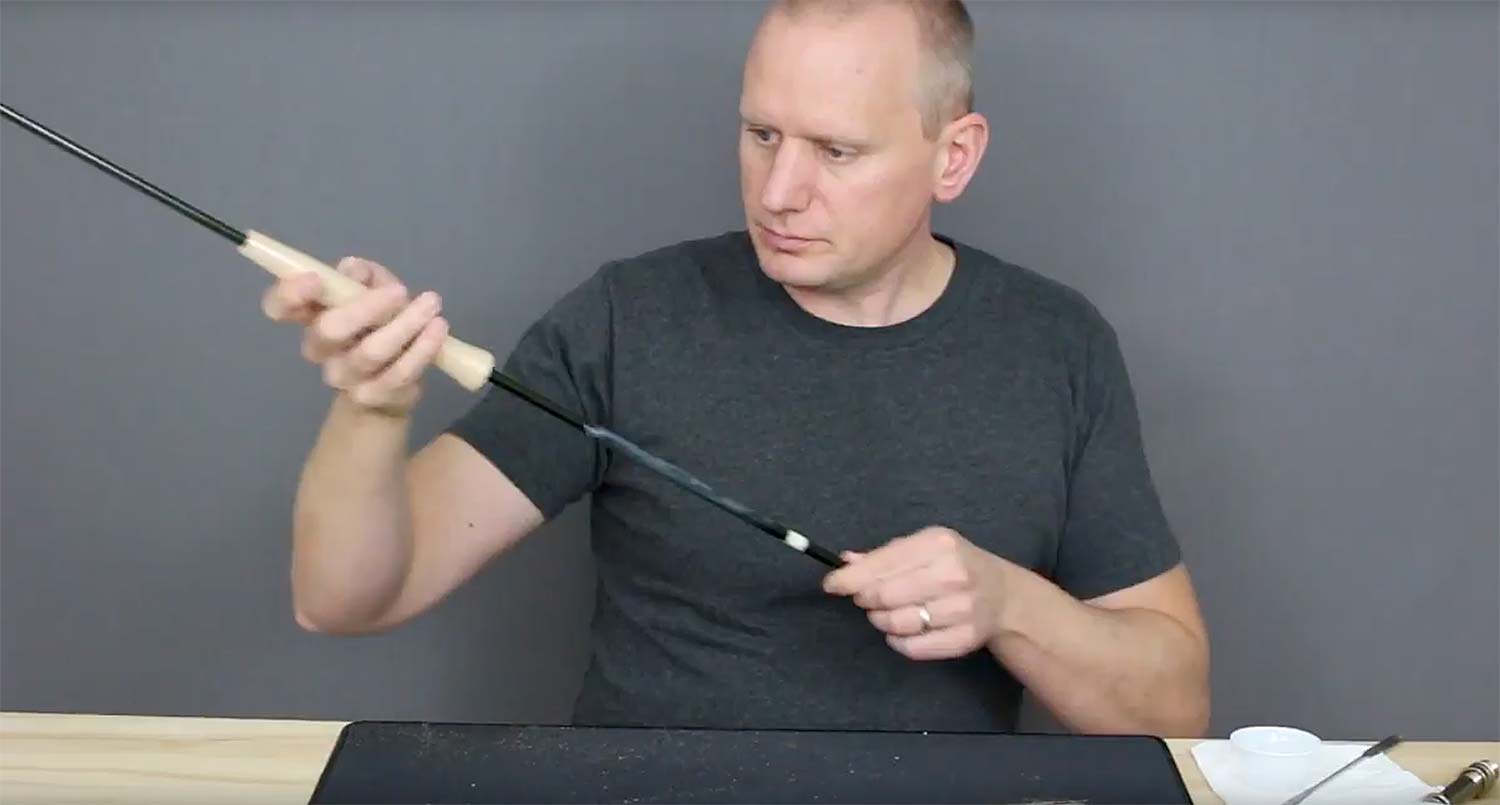
Matt Draft is back for the second video on building your own fly rod.
In this week’s video Matt will help you understand the components that make a quality fly rod. You’ll learn about the choices available in grips, reel seats, guides and more. Matt also goes over rod kits and how to find the right one. In the second half of the video you’ll learn to file a cork grip to fit and secure it in place.
As a special thank you to G&G readers, Matt will be offering free shipping on all of his kits for the next seven weeks. Just use the code G&Gfreeship on his web site.
UNDERSTANDING ROD COMPONENTS AND FITTING THE GRIP.
Read More »Use Birds to Quickly Locate Bait and Schools of Fish
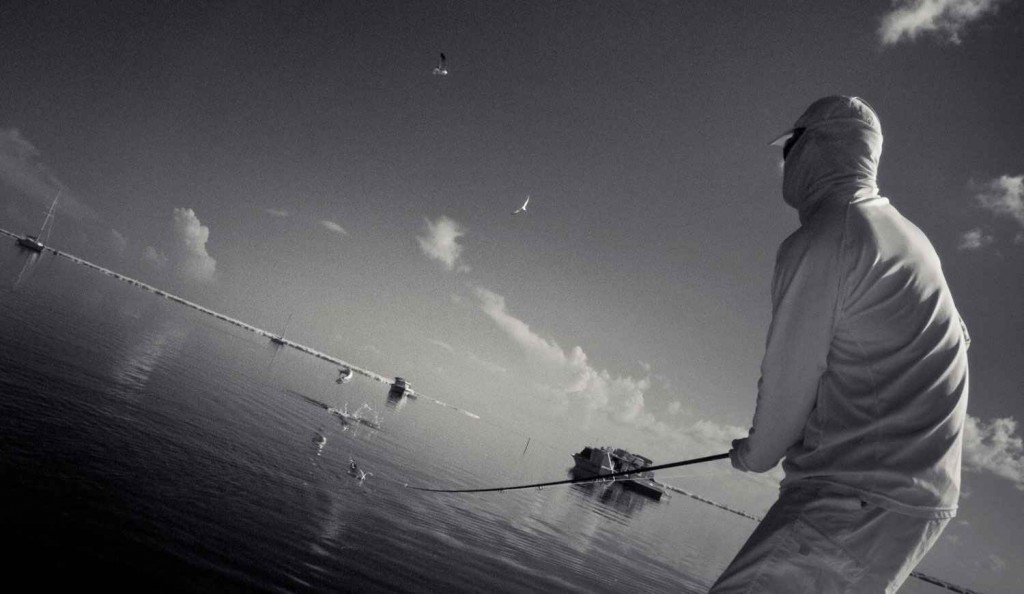
By Kent Klewein
Certain times of the year in both freshwater and saltwater, anglers can use flocks of actively feeding birds to locate large concentrations of bait and fish.
This was the case during my recent fly fishing trip with Capt. Joel Dickey. First thing, early in the morning, we’d run a wide sweeping perimeter with the boat, as we searched for seagulls on the feed. Binoculars weren’t a necessity but they allowed us to be more efficient by eliminating large areas of water that would otherwise be too far off for the naked eye. Being patient, continuing to cover water, and keeping confidence were the key factors in us successfully locating feeding birds. Be prepared for it to take a little while some days. For us, each morning it took a little while to find the birds, but eventually things fell into place with each scouting attempt. As the sun begins to rise over the horizon, it creates a perfect contrast of light that turns seagulls a bright neon white. You’d be surprised how far off you can pick out feeding birds this time of day. Any birds you find on the water means there’s probably bait and fish near by, but when you find diving birds in good numbers, you know there’s a feeding frenzy in progress.
I’ve used birds many times in the past to locate schools of striped bass on my local reservoirs, but this saltwater trip was my first time using seagulls to locate tarpon. The seagulls and tarpon were feeding on a shrimp die off, that happens during the hottest times of the year in the evenings and at night. During these periods
Read More »The Greatest Christmas Story Ever

Admittedly this story doesn’t have much to do with fly fishing except that it happens in the parking lot at Simms, and it’s awesome.
My buddy Rich Hohne, like a lot of us, did some traveling this Christmas. He spoke at a conference in Arizona just before the holiday and his travel plans brought him home to Bozeman on Christmas Eve. With a total of about five Uber cars in Bozeman, Rich wasn’t confident he’d get one on Christmas Eve so he knew he’d need a plan to get home from the airport.
A coworker was traveling for the holiday so Rich hatched a plan to save them both the airport parking fees. His buddy would fly out on the twenty-third and leave his truck in the lot. Rich would fly in on the twenty-forth, pick up the truck and drive it to the Simms plant, where his truck was parked. When his buddy came home, his girlfriend would pick him up at the airport.
It was a simple plan. Rich’s buddy sent a text telling him where the truck was parked. The keys were in the fuel door, just like running shuttle. Everything went smoothly until Rich landed in Bozeman. He’d boarded that plane in sunny Arizona in flip-flops, shorts and a t-shirt. When he touched down in Bozeman it was nine below and snowing.
Read More »Sunday Classic / Scent attractor in fly fishing?
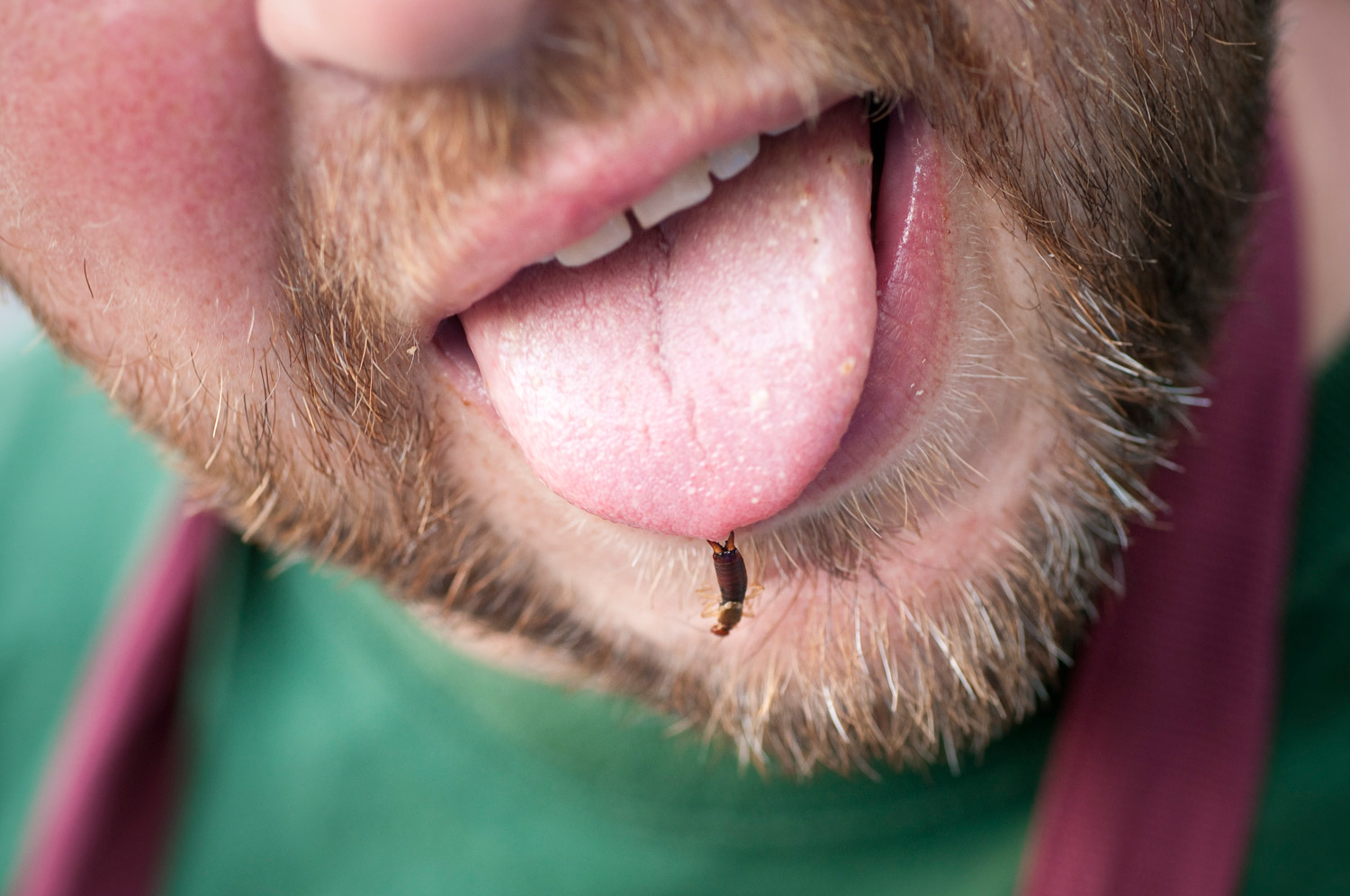
I RECENTLY DID A PHOTO-SHOOT FOR ATTRAXX, A COMPANY WHOSE NAME MAY BE FAMILIAR TO SOME OF YOU.
Attraxx makes soft plastic baits for gear fishing in both fresh and saltwater. These aren’t your grandfather’s rubber worms. The plastics are infused with five patented attractors that stimulate fish into striking. It’s apparently far more complex than just scent or taste and frankly I don’t totally understand all of the details. These guys have a handful of PhDs to my none, but I spent a few days watching these high tech baits in action and I can tell you they work insanely well.
I’m not a gear fisherman. I don’t say that because I feel like I’m above it. Gear fishing takes a lot of skill and knowledge, it’s just not my thing. I don’t do it so I’m not good at it and I don’t understand it. Doug Long, the man behind Attraxx, does understand it. I’ve known Doug for years as a skilled fly fisherman and we’ve wetted our boots together on plenty of occasions so I was surprised to hear that he was now running a plastic bait company.
I was even more surprised to hear that Attraxx is considering new products for fly fishermen. Imagine that, flies tied with materials that release neural stimulators into the water, whipping fish into a feeding frenzy. A couple of years ago I’d have said, “no way! Nobody will buy it,” but these days, I’m not so sure. Let’s look at the trend.
People raised a fuss when
Read More »Saturday Shoutout / Echo Casting Tips
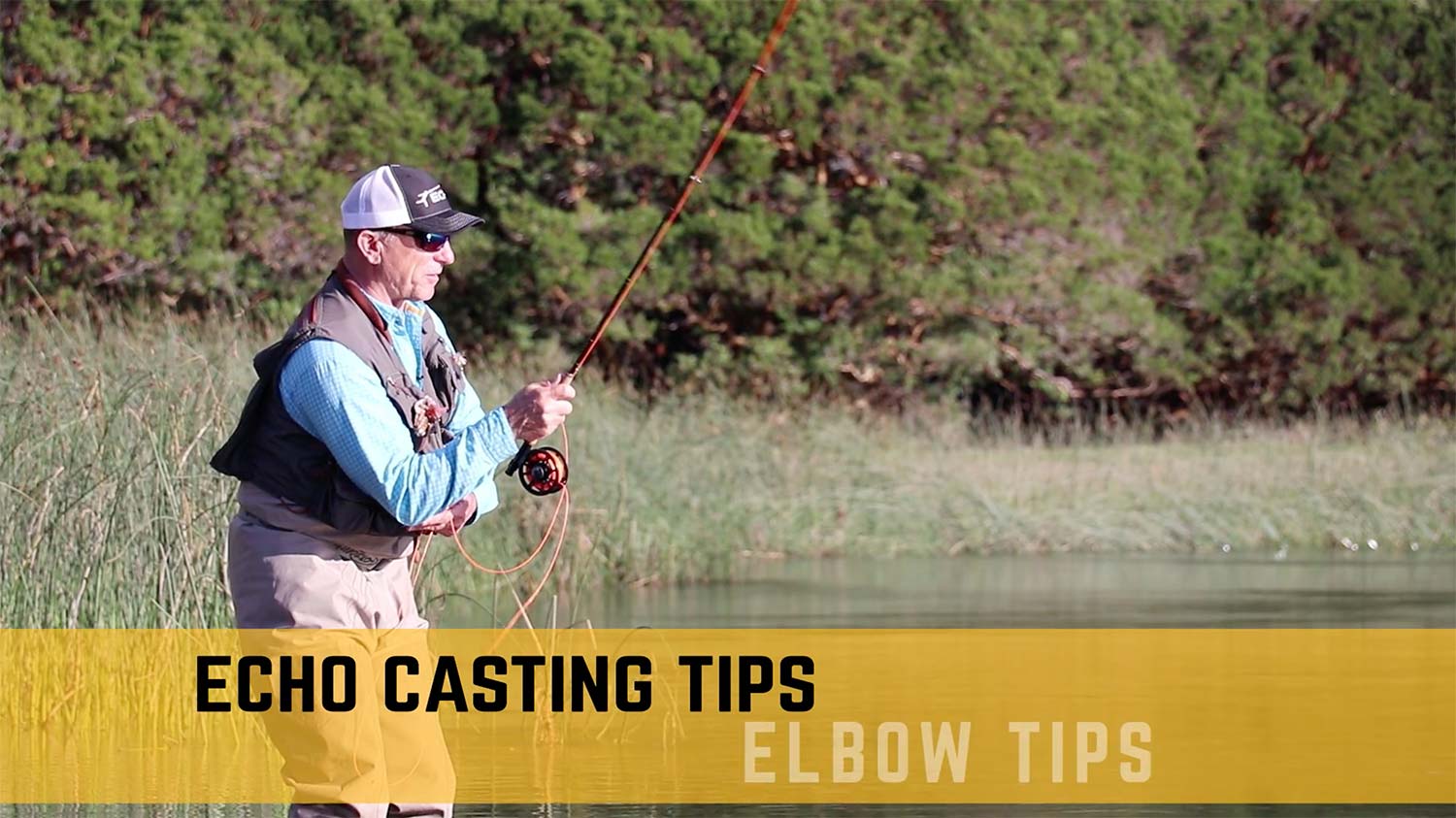
No one knows more about fly casting than the Echo Man, Tim Rajeff.
I can watch Tim cast for hours. It’s just a thing of beauty, but in addition to being one of the worlds best casters, Tim is also the best casting instructor i know. He is able to explain the most technical aspects of the fly cast in ways that anyone can understand. that’s a rare gift.
Part of Tim’s mission at Echo is making fly fishing accessible for everyone. That starts with making performance oriented fly fishing gear at affordable prices but it doesn’t stop there. Tim and the staff at Echo also produce a lot of great educational content, which is free on their web site. That’s just part of Tim’s generous spirit.
Below are three great fly casting instruction videos from the Echo Casting Tips page.
Read More »Wind in Saltwater is Your Friend Not Your Enemy
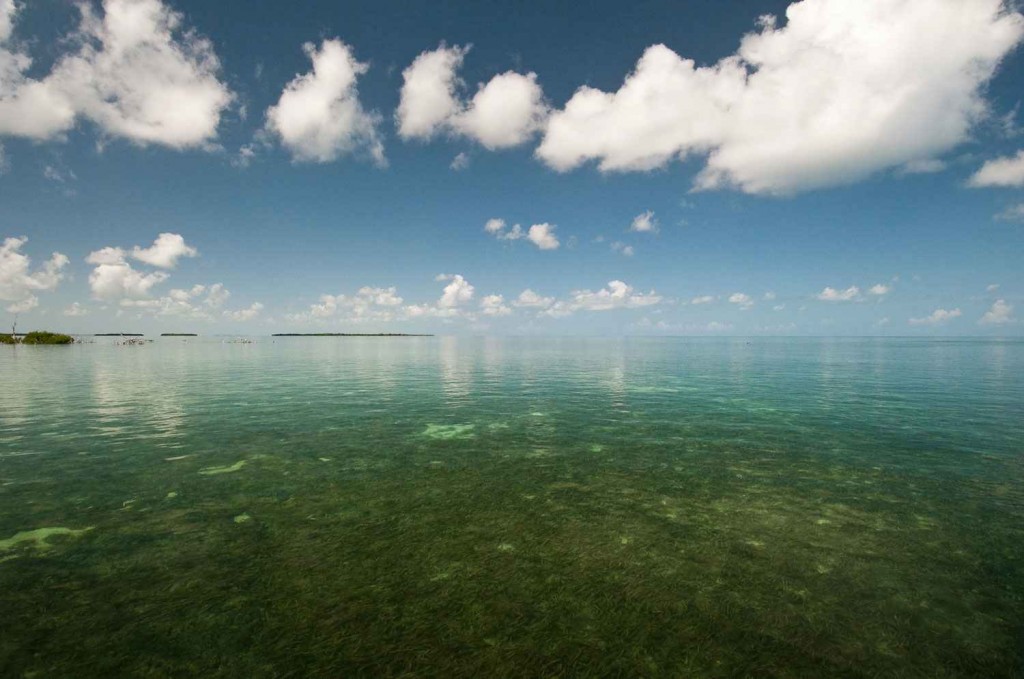
ITS 6:30AM IN THE MORNING WHEN WE ARRIVE AT THE BOAT LAUNCH IN BIG PINE KEY, FL. WITHIN MINUTES OF STEPPING OUT OF THE CAR THE STAGNANT HUMID AIR BEGINS TO SUFFOCATE MY BODY.
The North Georgia mountain weather that I’ve grown so accustomed to, feels like air conditioning compared to this, and my body is still in shock from the drastic climate change. As I walk down to the boat ramp to help unload the boat, I feel the first drops of sweat rolling down my back. I think to myself, are you freaking kidding me? The sun isn’t even up yet. There’s absolutely zero breeze this morning, so calm you could spot a fish rolling on the surface three hundred yards away. My eyes seem confused at what their witnessing. If you had blindfolded me, and taken me here, there’s a good chance I’d guess I was on a freshwater reservoir. Call me crazy, but I was under the impression there’s always supposed to be at least some wind in the saltwater. I’d know better, but I’ve spent very little time in the Florida Keys during the late summer. Apparently, it’s quite common to go days without any wind during the months of July, August, and September. Awww, it makes total sense why I saw all those sailboats anchored up now.
You always overhear fly fishermen complaining about too much wind on the saltwater flats, but you rarely hear fly fisherman begging for it. To much or too little of either can spoil your fly fishing on the saltwater flats, making fishing conditions extremely tough. Believe it or not, wind is your friend and can at times, be an asset for fly fishermen. For starters, wind disturbs the waters surface, which can make fish
Read More »Get A Better Grip On The Spey Rod
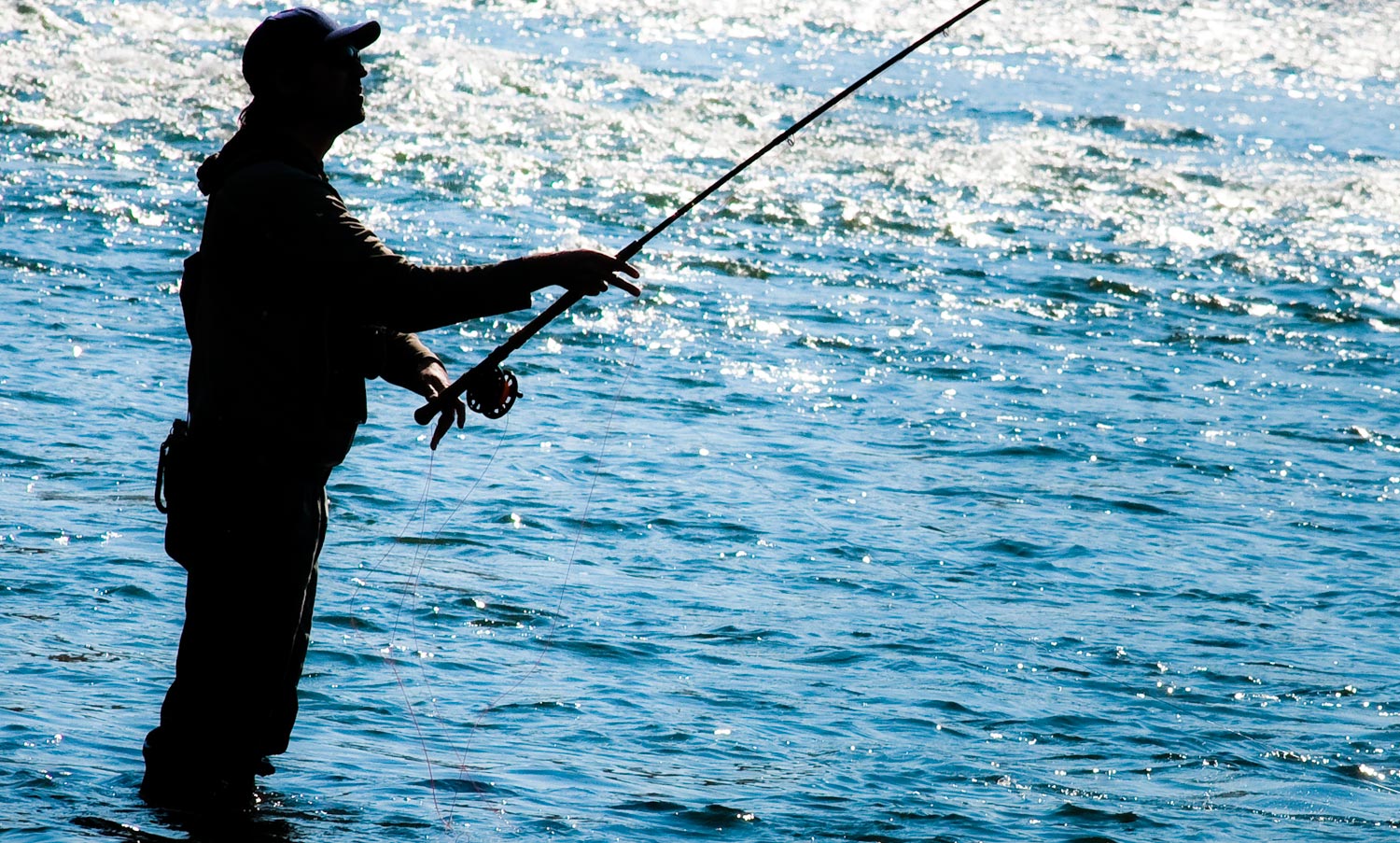
ALL FLY CASTING IS ABOUT CONTROL AND TIMING, NOT POWER.
This is never more true than in Spey casting. Perhaps because there are more moving parts to a Spey cast, rod and line control are crucial. This is especially challenging for the beginner whose muscle memory is only just developing. Often a cast will “break” for no reason. That is to say that, all of a sudden that double Spey you’ve been throwing all morning just doesn’t work any more. Often the reason is a loss of control.
Here’s a tip that will help those of you who are new to two-handed casting maintain control. The first step in a controlled cast is the proper grip. It’s something that doesn’t get talked about enough. Most anglers who are new to the Spey rod think of it like holding a golf club or baseball bat. A familiar tool for most of us, but the Spey rod is quite different and so is the proper grip.
Hold the rod with your finger tips. A gentle grip is all that’s necessary. Using your fingertips accomplishes two things. It keeps your arms relaxed, as you are not tempted to put a death grip on the rod. A relaxed posture is important for fluid movement. Gripping with your fingertips also engages a different set of muscles. Muscles, which are tuned to fine motor skills like writing.
The result is a casting stroke that
Read More »Sunday Classic / Choosing Flies for Tandem Nymph Rigs
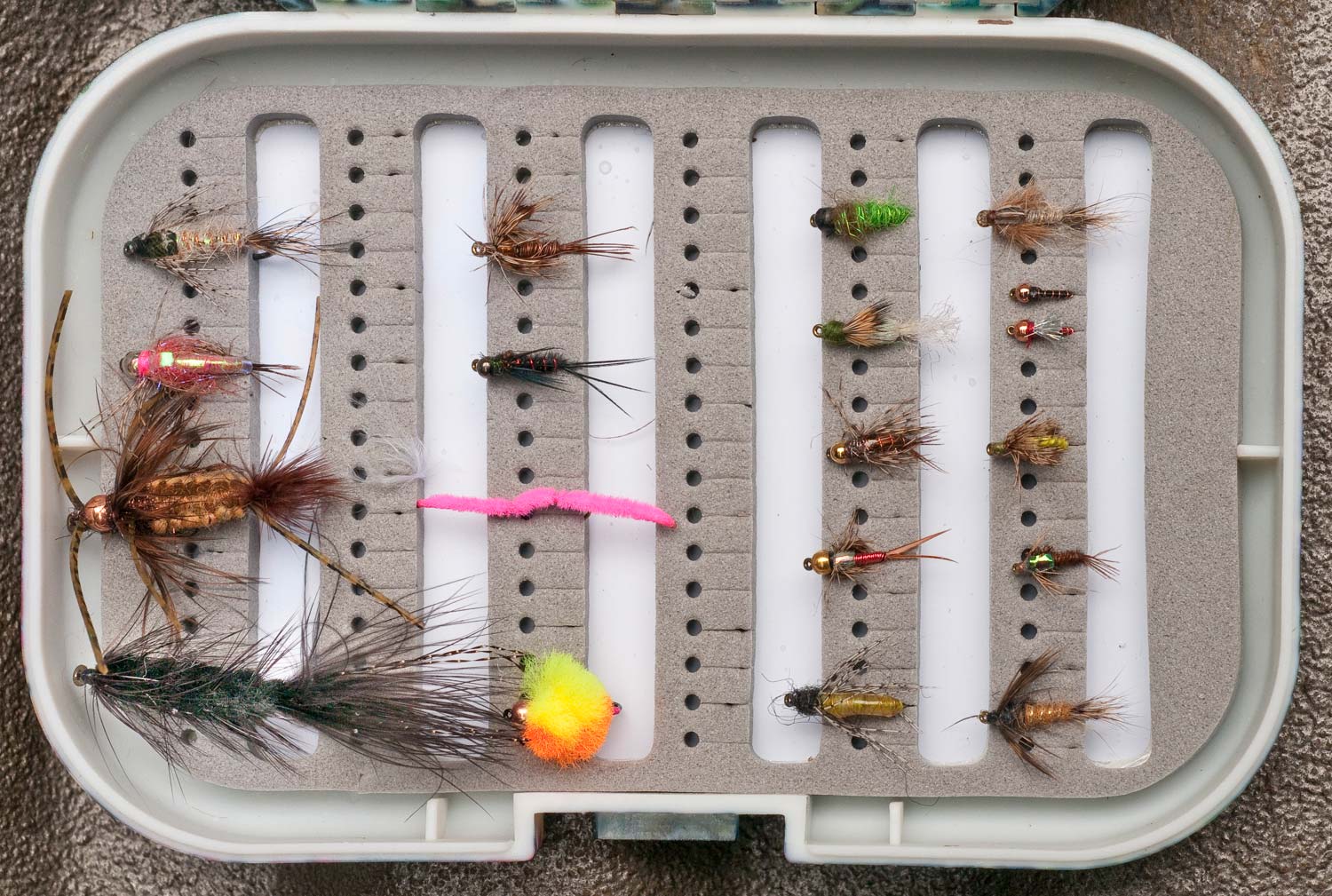
Today’s post is intended for beginner and intermediate fly anglers that struggle with choosing what fly patterns to tie on when they’re fishing a tandem nymph rig. Because most of our fly boxes are stocked with dozens of different fly patterns, it can be difficult at times to know where to start. I get the question all the time, “how do I know what flies to tie on?” The answer to that question is I don’t. Sometimes I can get a good idea by doing some bug sampling or observing the conditions on the water, but generally, I have to experiment with fishing different flies just like everyone else does until I figure out what the trout want. However, the key to my consistent success is treating my two-fly rig like it’s a buffet of food choices for the trout, and always fishing flies that imitate different types of food sources that the trout forage on. This increases the chances that the trout will like one of the food imitations in my rig and I’ll catch fish.
To make things easier for me, I categorize my nymphs into four different categories: Big flies, small flies, bright colored flies and natural colored flies. When I start out my day on the water, I begin rigging my two-fly rig with combinations of these.
Read More »Saturday Shoutout / African Tigers

It’s hard to imagine anything more exciting than chasing tiger fish in the wilds of Africa.
Just the wild beauty of the place and the remoteness of the rivers is enough to be excited about. Add to that an aggressive apex predator eager to crush a fly and it’s a bucket list trip for sure. Of course, if you’re Jaco Lucas of Captain Jack Productions, it’s just another epic day on the water.
Check out this trailer for Jako’s new film “The African Tiger” and check out the full film at this year’s F3T Film Festival.
Enjoy, “The African Tiger”
Read More »Bruce Chard’s Double Haul Drill
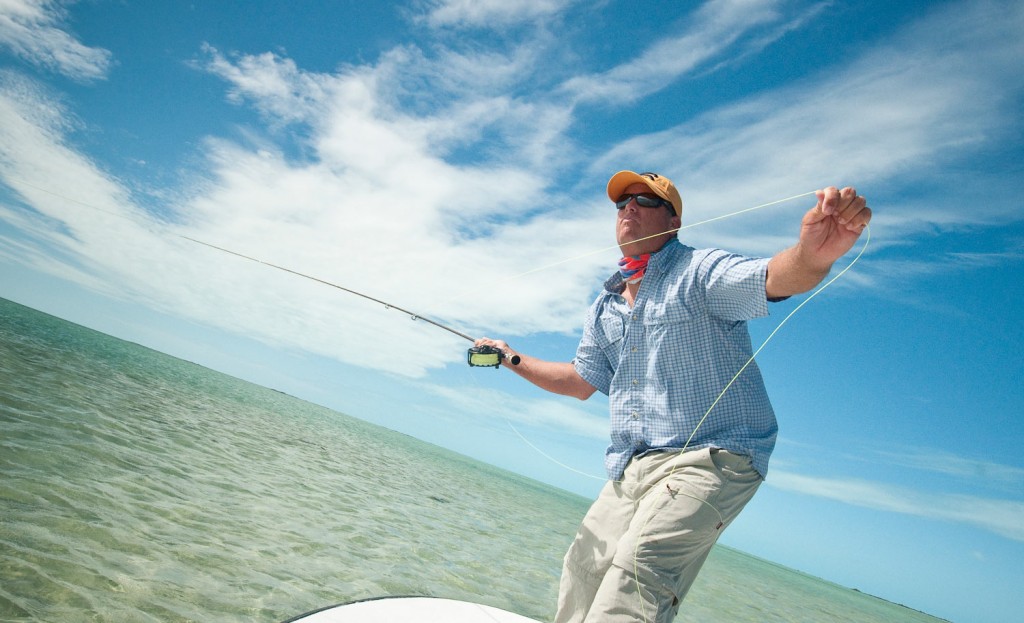
Today begins a special five part video tutorial on building blinding line speed. Line speed is the most important component in successful salt water fly fishing. There’s plenty of finesse involved but line speed is the cost of admission. If you can’t build the speed you need, you can’t catch the fish you want.
My good friend Bruce Chard is a certified master casting instructor and a truly inspiring caster. The first time, hell the first hundred times, I saw Bruce unload my jaw dropped. It’s humbling to watch what this guy can do with a fly rod. Bruce has a rare blend of skills. The technical know how of an engineer and the physical prowess of an athlete. With that in mind I asked him to help me create a set of videos that can take you from beginner to rock star. We’re calling it the Ultimate Line Speed Series. There’s a lot to cover but we’re starting here with everything you need to know about line speed.
We’re going to start slow, with the double haul. The basic building block of a dynamic cast. By day five we will be into some seriously advanced technique that is going to take serious practice. Follow along and in between videos practice what you learn and at the end of two weeks your going to be a lot better caster.
So to start, put down that fly rod
Read More »